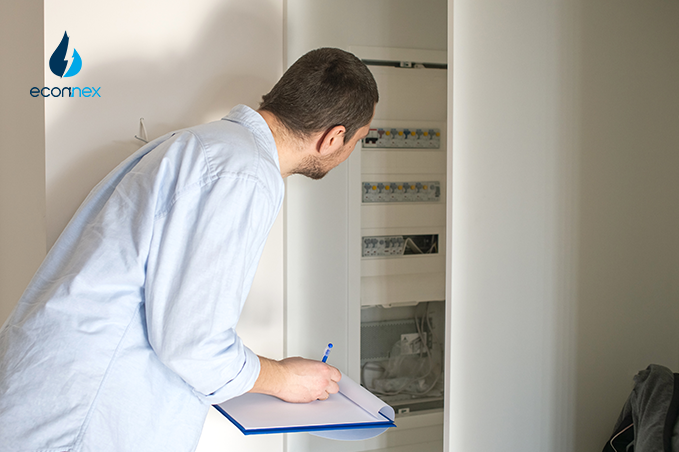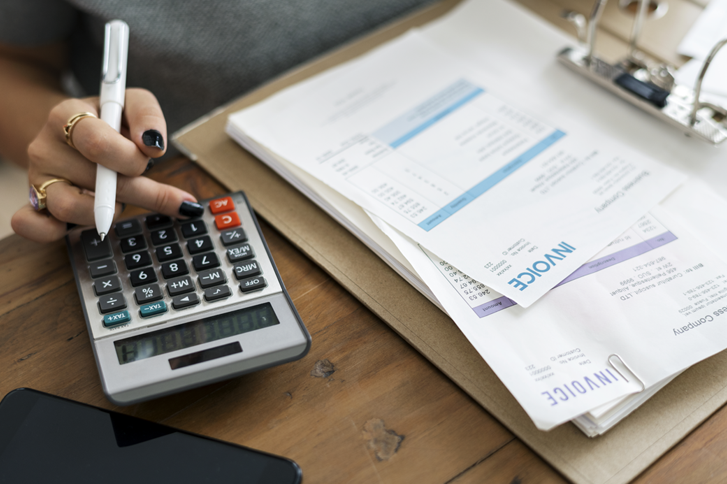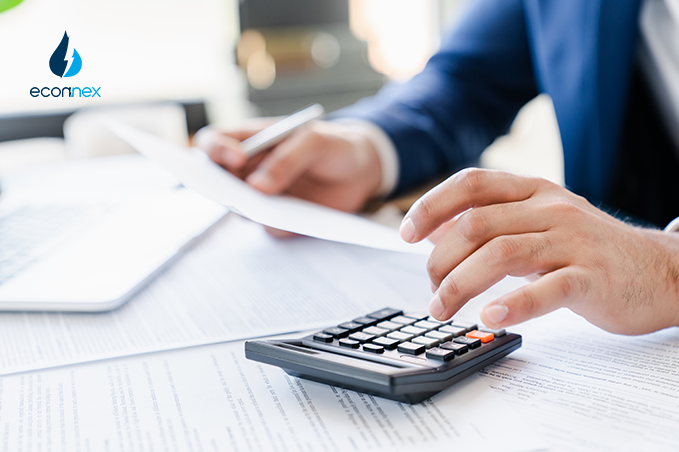Decode your utility meter like a pro! Unravel the secrets of energy tracking and take control of your usage with our simple meter reading guide.

Published on 07/10/2023
By Unknown
Energy Comparison
Your meter provides information about your household electricity and gas usage. Understanding the way to read meters can have a huge impact on your usage, bills or even the type of plan you have. In case, you experienced or received an estimated bill, you will be able to read your meter to confirm your actual usage.
How to read your electricity meter?
All meter has an NMI (National Meter Identifier), used by the meter service provider to identify the meter. Each number is unique which matches the meter number displayed on your bill.
Clock face electricity meters
The clock faces’ dials have hands that rotate in alternating directions. Note the number towards which the hand is pointing on the first four dials from left to right. Take the lower number if a hand is pointing between two numbers 0. However, if the hand is between 0 and 9, it will be read as 9.
You can ignore the dial labeled 1/10 this is not used to calculate your meter.
The usage for the period is calculated by subtracting the meter reading of your last bill from your current meter reading.
Electronic electricity meters
Press the ‘display’ button which will display the reading options, it may scroll through a series of displays. Note each of the readings as the meter scrolls.
Smart meters
This is also known as interval meters, record usage in 15-30 minute intervals. The provider is the only one who can download the daily data.
The type of meter you have will depend on the available gas pressure in the area, the type of regulator located on your gas meter.
All gas meters have a meter number that matches the number on your bill. Every meter has a MIRN (Meter Installation Registration Number) or a DPI (Delivery Point Identifier), used by the provider to identify your gas meter.
VIC: meter has four numbers and two letters
SA: meter has eight numbers
NSW: meter has two letters and six numbers
The gas meter displays usage in either metric or imperial units. The metric gas meter is the most common.
Metric Gas Meters (in cubic meters, m3)
To take a meter reading, note down the numbers and decimal point reading from left to right.
In MJ, you need to subtract the prior reading form the current reading, then multiply this amount by a factor. The factor depends on the place you live, this can be found on your bill. You can also use this calculation:
Cubic Meters X 38MJ/cubic meter=MJ
Imperial gas meters measure usage in ‘cubic feet’, displayed on the meter’s clock face. Convert this to cubic meters before you can compare with your gas bill.
1 cubic meter= 35.3 cubic feet
The clock faces’ dials have hands that rotate in alternating directions. Write down the number towards which the hand is pointing on the first four dials from left to right. Take the lower number if a hand is pointing between two numbers. However, if the hand is between 0 and 9, it will be read as 9.
You can ignore the additional dials labeled ½ and 2, they are not used to calculate your meter reading.
You can leave the meter reading to your provider but if you want to check the reading feel free to do so. Meter reading is done in every three months, your usage is based on the difference of your current and previous reading. To know your usage over one day, take the one-meter reading now and another in the next 24 hours. You can check this with the average daily usage on your bill. You can also use the same method if you want to know your weekly or monthly usage.
Energy Made Easy has a great article to understand more about the meter’s and their readings.
Understanding your meter can be time-consuming but beneficial for some. With Econnex we want to make sure that you save money on your bills and you have the cheapest energy plan. Check your options and compare providers.



